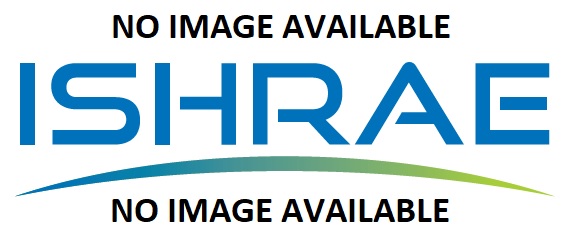Researchers from Tsinghua University and Brown University have discovered a simple way to give a major boost to turbulent heat exchange, a method of heat transport
widely used in heating, ventilation and air conditioning (HVAC) systems. Turbulent heat exchangers are widely used in HVAC systems around the world, and the study demonstrates a simple modification that can improve their capability by 500%. Turbulent heat exchangers are fairly simple devices that use the natural movements of liquid to move heat. They consist of a hot surface, a cold surface and tank of liquid inbetween. Near the hot surface, the liquid heats up, becomes less dense and forms warm plumes that rise toward the cold side. There, the liquid loses its heat, becomes denser and forms cold plumes that sink back down toward the hot side. The cycling of water serves to regulate the temperature of each surface. This type of heat exchange is a staple of modern HVAC systems widely used in home heaters and air conditioning units, the researchers say.
The researchers found that an organic component known as hydrofl uoroether (HFE) speeds the cycling of heat inside this kind of exchanger. HFE was used as an additive in a water-based system. The team showed that concentrations of around 1% HFE created dramatic heat flux enhancements up to 500%. They pointed out that the specific additive they used — HFE7000 — is non-corrosive, non-flammable and ozone friendly. One limitation is that the approach only works on vertical heat exchange systems — ones that move heat from a lower plate to an upper one.
Disclaimer: The information provided within this publication / eBook/ content is for general informational purposes only. While we try to keep the information up-to-date and correct, there are no representations or warranties, express or implied, about the completeness, accuracy, reliability, suitability or availability with respect to the information, products, services, or related graphics contained in this publication / eBook/ content for any purpose. Any use of this information is at your own risk.
 Youth
Youth
 Women
Women
 Research for Ishrae
Research for Ishrae







